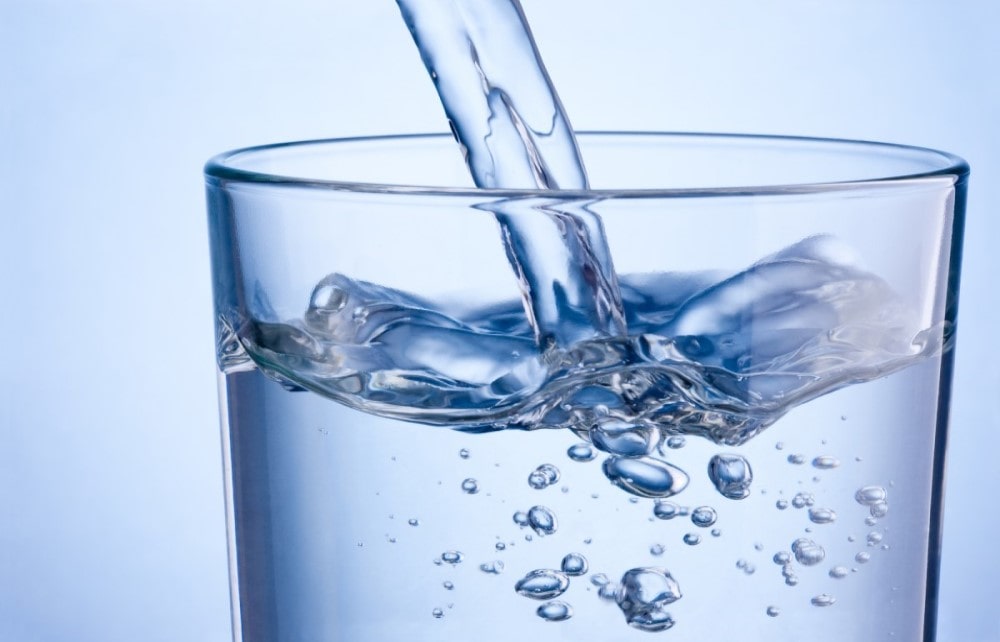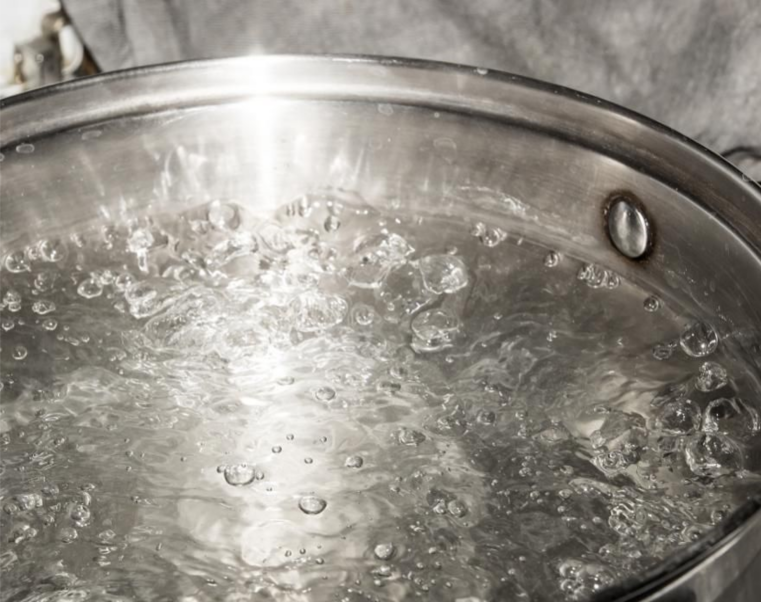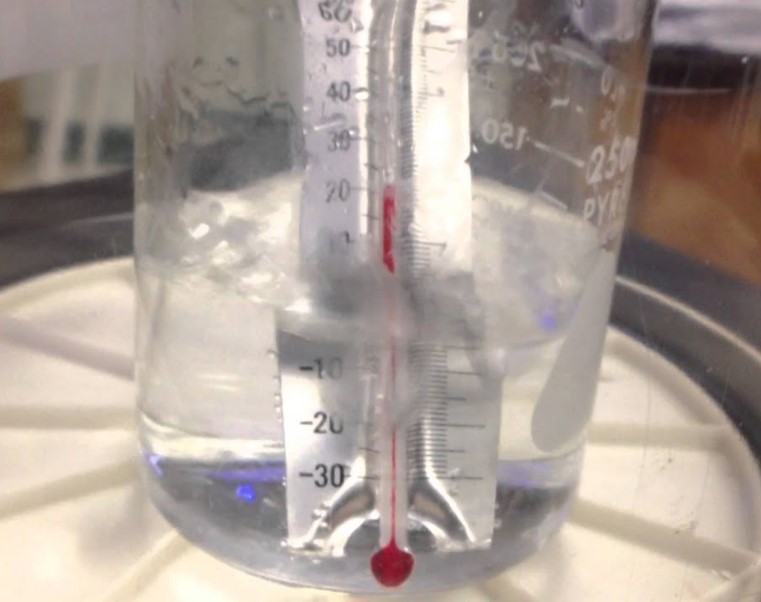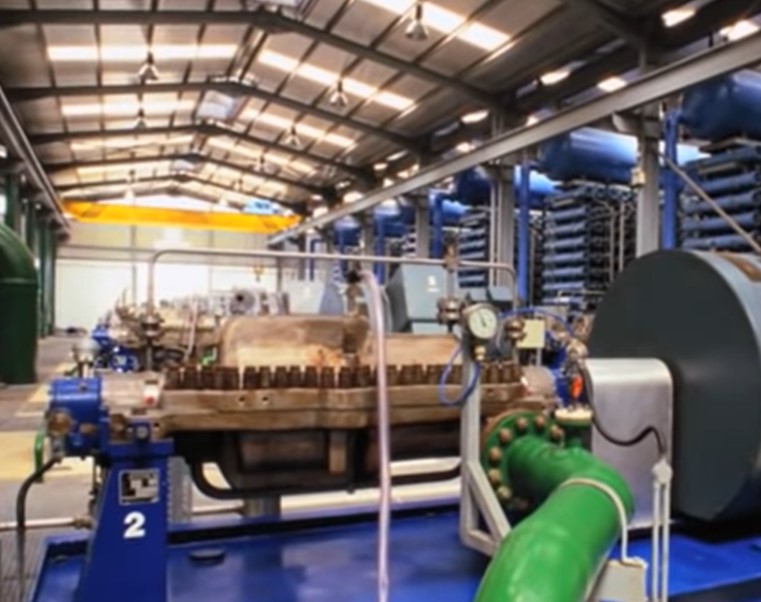
Desalination is the process of removing minerals from saline (salty) water, and producing fresh water from it. Scroll down or click the button to learn more!
Search Char787.com
Desalination is the process of removing minerals, especially salt, from saline or salty water. This is achieved in various ways, but the main two methods are using thermal distillation and reverse osmosis. In this article, you will discover all about this amazing process of generating freshwater!

The 'traditional' form of thermal distillation is the oldest form of desalination, and has been around for thousands of years. It uses separation by evaporation, using heat to boil and evaporate saline water (water with salt in it). The steam produced is collected and cooled back down, turning into freshwater through condensation. The salt is left un-evaporated and separated from the rest of the water.

Vacuum distillation, a more modern form of thermal distillation, utilizes heat to evaporate water. However, unlike the 'traditional' thermal distillation, which boils water in normal atmospheric pressure, vacuum distillation utilizes a low-pressure or vacuum chamber. The boiling temperature of water falls as the ambient atmospheric temperature falls, so pumping water into a vacuum chamber would lower its boiling temperature, thus reducing the amount of energy required. For example, normal atmospheric pressure is around 1000 mbara, and if we tenth that, the boiling point of water at 100 mbara is only 45.6 degrees C. Once the water evaporates, the vapor is collected, condensed, cooled, and freshwater is produced!

Desalination by reverse osmosis, abbreviated as RO, is a process where pressure is used to drive water through a filter. Osmosis is the process of a solvent moving from an area of lower concentration of solutes to an area of higher concentration of solutes. So, by the name "reverse osmosis", this is where a solvent, in this case, water, moves >out of an area of high concentration of solvents, in this case, salt, and becomes fresh water. Saline water is pushed through semipermeable membranes, which have pores big enough to let water molecules pass, but small enough to capture and block larger molecules, such as dissolved salt and minerals. The water continues through the filtration device, coming out as freshwater, while the salt and other minerals are blocked by the filter.
Despite all the innovative refinements that has occurred to desalination technology, state-of-the-art best desalination facilities still require 7 to 30 kWh (kilo-watt-hour) of energy per 1000 gallons (3785 litres) of desalinated water. When scaled up to supply water to billions of people, that is a tremendous amount of energy required. In the future, there is much room for more innovation in desalination technologies.
As the world's population continues to grow, and as we continue to pollute our water, our demand for freshwater increases dramatically. Existing water supplies become increasingly insufficient, and desalination of sea water continues to become an increasingly important source of useable water.



